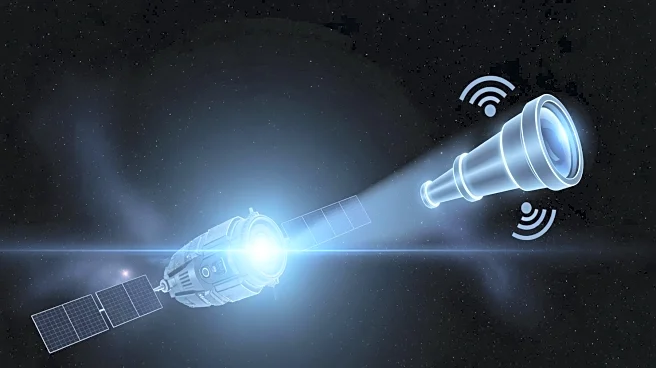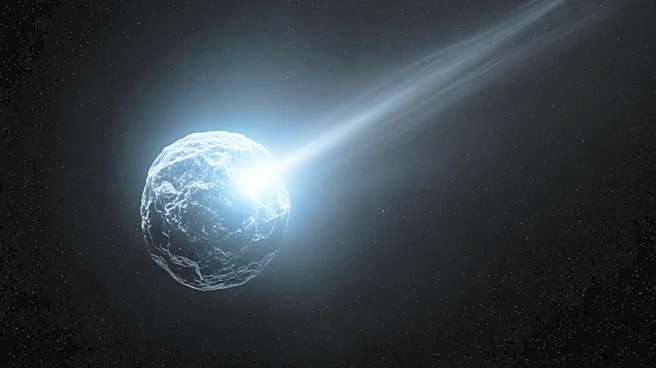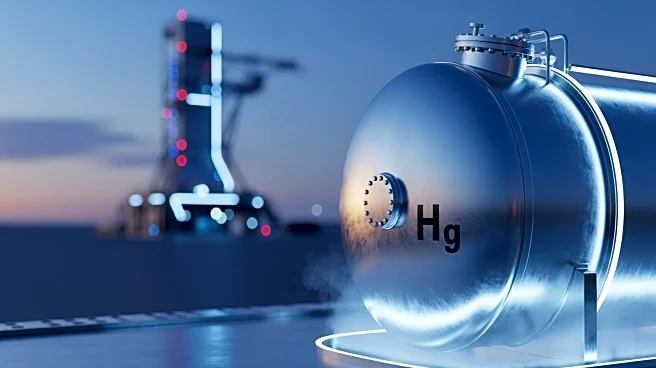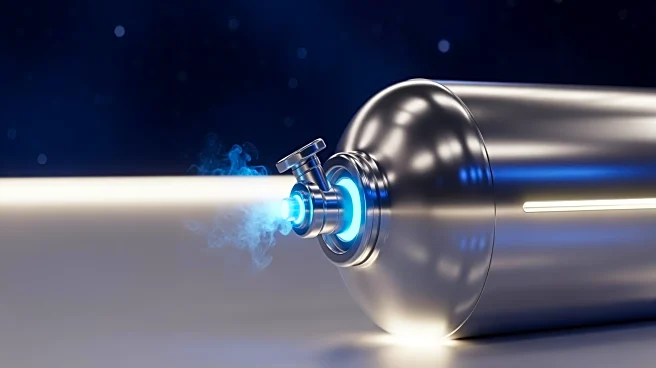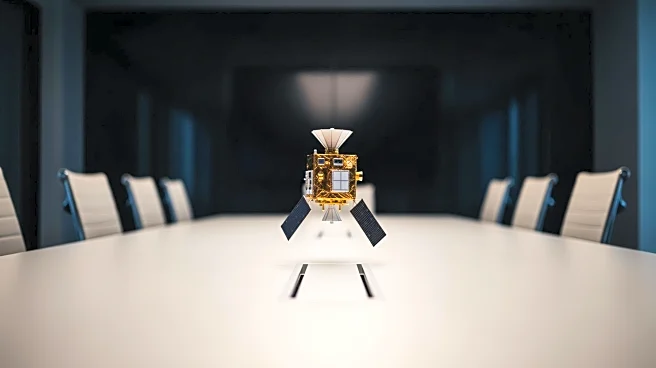What's Happening?
NASA is preparing an ambitious mission to save the Neil Gehrels Swift Observatory, which is at risk of falling from its orbit by the end of 2026. The mission involves dropping a Pegasus XL rocket from a Northrop
Grumman L-1011 Stargazer aircraft at 39,000 feet. The rocket will then launch a robotic spacecraft to boost the telescope's altitude, allowing it to continue its mission of studying gamma ray bursts. Arizona-based Katalyst Space Technologies is tasked with executing this mission, which is notable for being the first time a commercial spacecraft will boost an uncrewed government satellite. The mission is scheduled for June 2026, with a budget of $30 million.
Why It's Important?
The Swift Observatory plays a crucial role in studying gamma ray bursts, providing insights into cosmic events like star deaths and neutron star collisions. Saving the telescope ensures continued scientific exploration and data collection, which are vital for understanding the universe. The mission represents a significant collaboration between NASA and private industry, showcasing the potential for innovative solutions in space exploration. It also highlights the efficiency of using commercial technology to extend the life of valuable scientific instruments, potentially setting a precedent for future space missions.
What's Next?
Katalyst Space Technologies will continue to refine the mission plan, ensuring the successful capture and altitude boost of the Swift telescope. The company will monitor the telescope's orbital decay and make necessary adjustments to the mission parameters. The success of this mission could lead to more partnerships between NASA and private companies, expanding the possibilities for space exploration and satellite maintenance.
